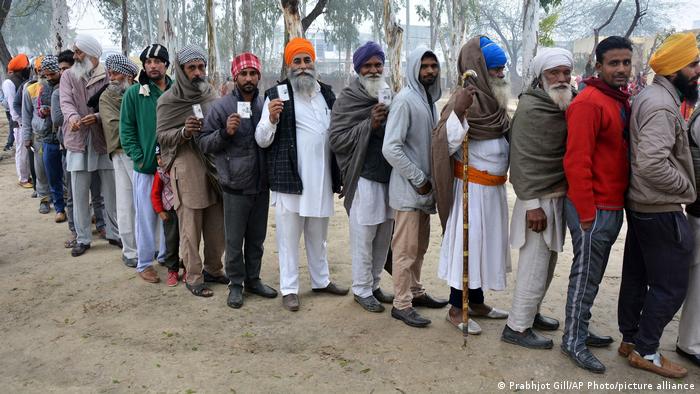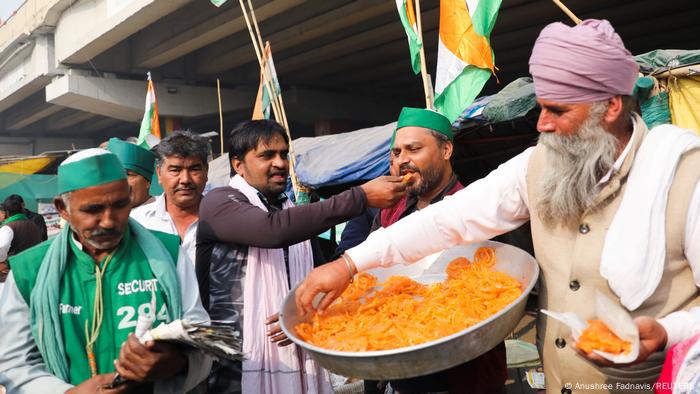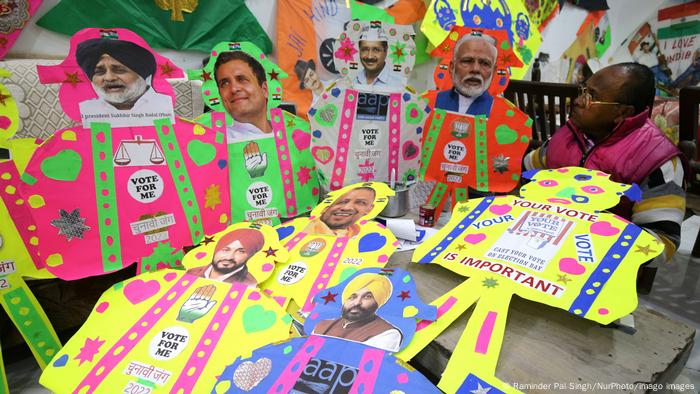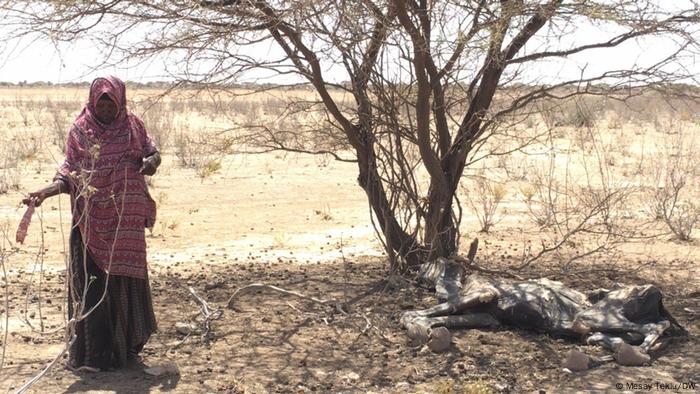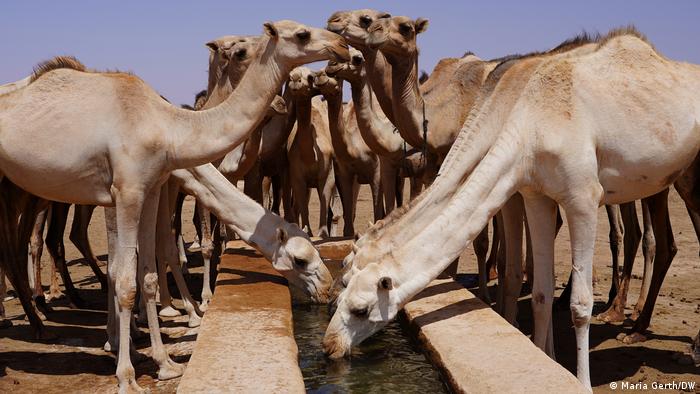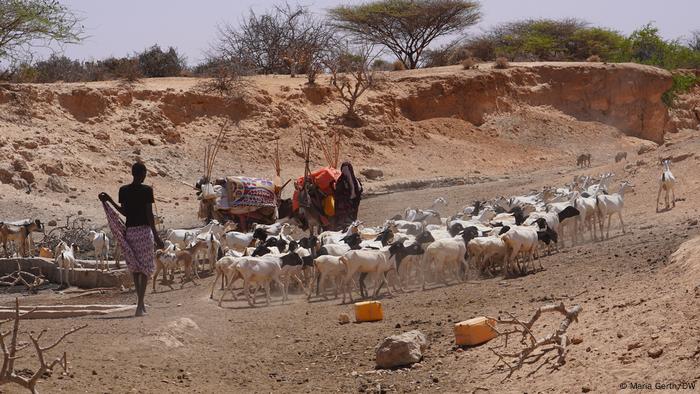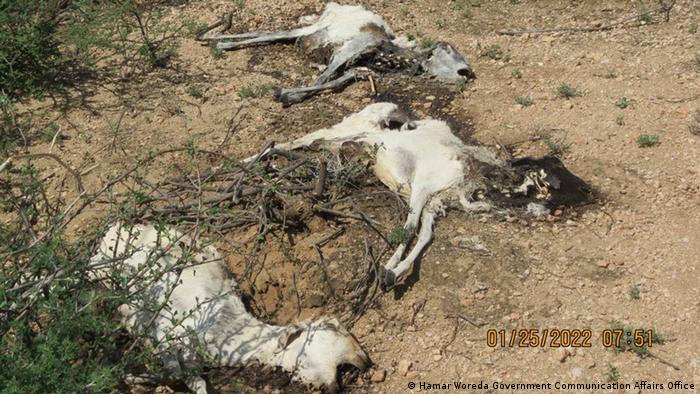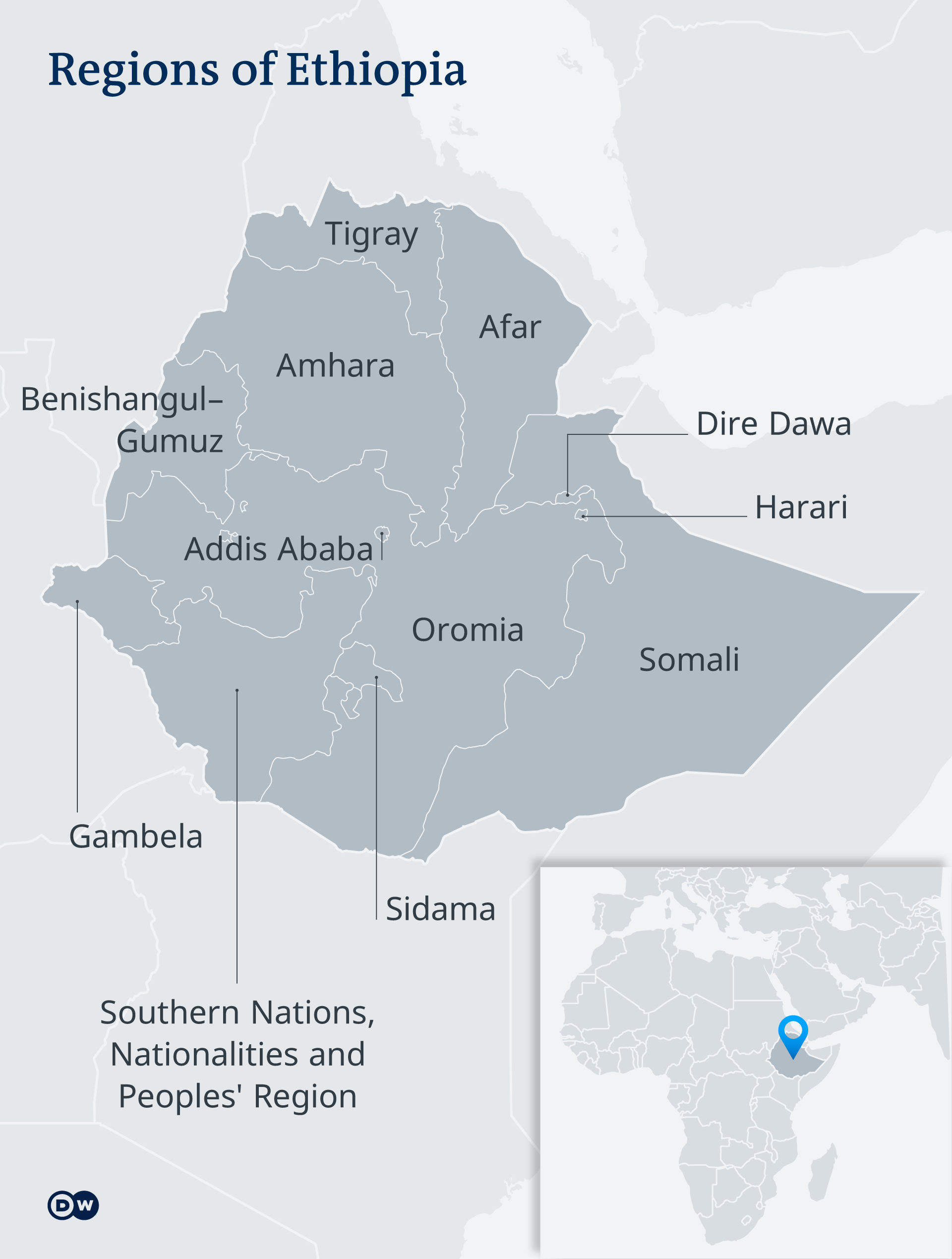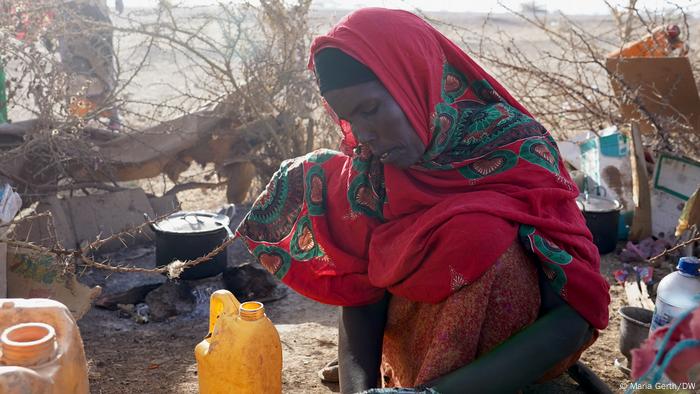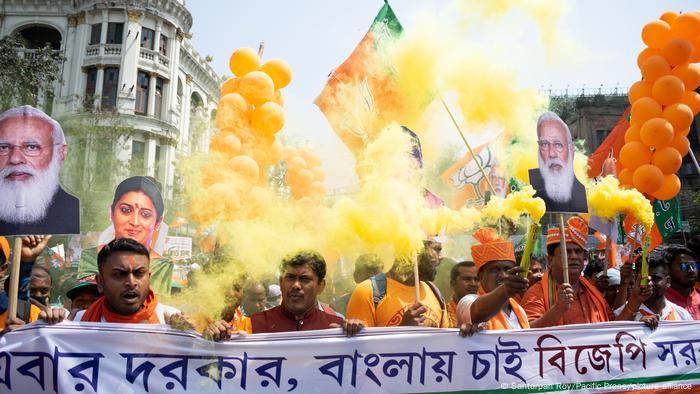Opinion: Kamila Valieva, Thomas Bach and the hypocrisy of the Olympic Games
There are no winners in the tragedy that engulfed 15-year-old Russian figure skater Kamila Valieva, writes DW's Sarah Wiertz. Ultimately, the IOC's hypocritical president, Thomas Bach, must take responsibility

Kamila Valieva folded under the pressure in the individual competition
Celebrated, ostracized and ultimately broken: Kamila Valieva's final performance at Beijing 2022 was less figure skating freestyle than running the gauntlet.
And the 15-year-old, crushed under the weight of a cruel sports system, immense media pressure and public hostility, finally collapsed on the ice.
The only thing more tragic than her performance, however, were the reactions and behavior of the adults around her, busy ascribing blame and refusing to take responsibility.
Respect, fairness, friendship, fun — for the umpteenth time, it's clear that the sacred values of the Olympic Games are nothing more than a PR gag.
Thomas Bach: an irresponsible IOC president
The shameless hypocrisy of IOC president Thomas Bach is nothing new. Exposed in the politicking around the disappeared Chinese tennis player Peng Shuai, it has come to the fore again in the case of Valieva.
Bach says he was "horrified" by the coldness of Russian coach Eteri Tutberidze who, rather than taking the distraught girl in her arms after her poor display, snapped at her instead.
That's the same Bach who has been selling the basic principles of sport and the ideals of the Olympic Games to the highest bidder for years. He who unashamedly places money and power above the health and wellbeing of athletes.
The one who prefers to cozy up to autocrats like Vladimir Putin and Xi Jinping rather than lead the battle against doping or ensure that Olympians receive their fair share of the Games' massive profits.
And that's before we get on to human rights and freedom of speech …

IOC president Thomas Bach (left) is more interested in appeasing autocrats
like Xi Jinping (right) than standing up for Olympic values.
Yet now it's Bach, of all people, who is pointing the finger and soaking up the praise for launching a long-overdue discussion on a minimum age limit for athletes competing in the Olympic Games.
Self-criticism, responsibility, or personal consequences for what happened under his leadership – Bach is unlikely to be bothered by such concepts.
Who will protect Kamila Valieva?
Equally responsible for this human tragedy is a ruthless Russian sports system that places success above all else — at all costs. And an anti-doping system that fails to keep it in check.
And, last but not least, those adults responsible for the teenager Valieva, who ought to have protected their child and taken her out of this whole situation.
What we're left with is a presumably traumatized 15-year-old girl who has been publicly humiliated and whose love and passion for her sport has probably been shattered forever, not to mention other young figure skaters whose own Olympic achievements have been overshadowed by the whole sorry affair.
These Olympic Games will be remembered as an event that wasn't about sport. Yet, ultimately, despite all this, we know that nothing will change.
This story was translated from German.
